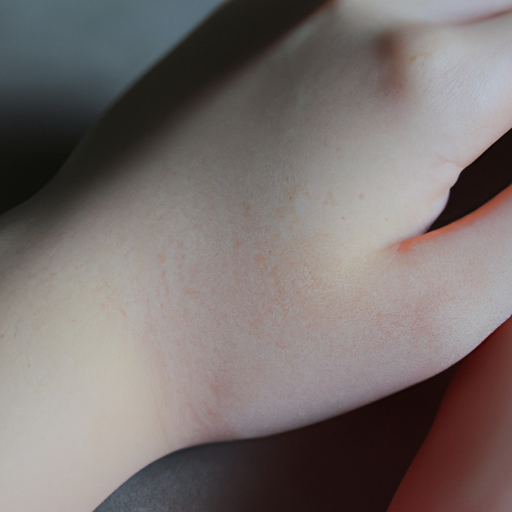Red light therapy, also known as photobiomodulation or low-level laser therapy, has emerged as a promising non-invasive treatment for skin rejuvenation. This innovative technology harnesses the power of specific wavelengths of light to penetrate the skin’s layers and stimulate cellular activity. The radiant secret of red light therapy lies in its ability to boost collagen production, promote healing, and combat signs of aging.
The science behind red light therapy is fascinating. The therapy uses LEDs or lasers to emit red, low-light wavelengths, which are absorbed by the skin to a depth of about eight to ten millimeters. At a cellular level, this light energy is absorbed by mitochondria, the powerhouses of cells, which then stimulates the production of adenosine triphosphate (ATP), the energy currency of life. This boost in ATP triggers a cascade of metabolic events resulting in biochemical and cellular changes. These include increased collagen production, improved circulation, reduced inflammation, and enhanced tissue repair and healing.
Collagen, a vital protein in our skin, is responsible for its elasticity and firmness. As we age, collagen production naturally decreases, leading to wrinkles and sagging skin. Red light therapy stimulates fibroblasts, the cells responsible for collagen production, thereby improving skin texture and reducing fine lines and wrinkles.
Moreover, red light therapy promotes healing and reduces inflammation by increasing circulation and bringing more oxygen and nutrients to our skin cells. This leads to faster cell turnover and improved complexion. It also helps in reducing acne by controlling sebum production and promoting the healing of acne scars.
One of the most appealing aspects of red light therapy is its safety profile. It is a non-invasive, painless procedure with virtually no side effects when used correctly. Unlike other skin rejuvenation treatments like chemical peels or laser resurfacing, red light therapy does not cause burns or skin damage. It is suitable for all skin types and can be used in the comfort of your own home with the availability of numerous FDA-approved devices.
However, it’s important to note that while red light therapy is a promising tool for skin rejuvenation, it is not a quick fix. Consistency is key, and results are typically seen after several weeks to months of regular treatments. It is also not a replacement for a good skincare routine or healthy lifestyle habits.
In conclusion, red light therapy is an exciting development in the field of skin rejuvenation. Its ability to stimulate collagen production, promote healing, and reduce inflammation makes it a powerful tool for combating signs of aging and improving skin health. As we continue to unmask the radiant secret of this innovative technology, it is clear that red light therapy holds great promise for those seeking a safe, non-invasive approach to skin rejuvenation.



